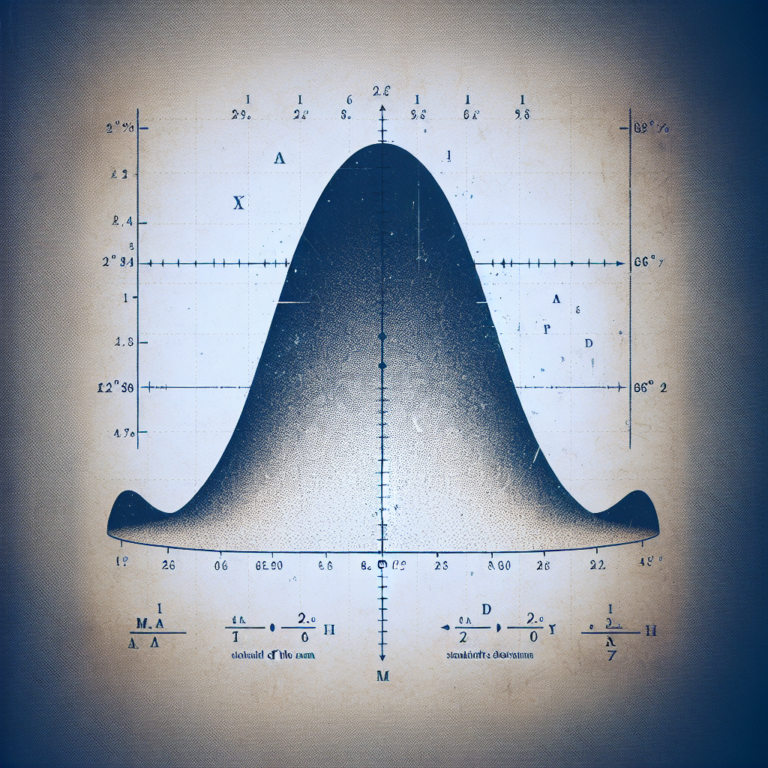The Wilcoxon Signed-Rank Test is a powerful tool in statistical analysis, commonly used to compare two sets of paired data when the assumptions of the paired t-test cannot be met. At StatisMed, we understand the importance of accurate and reliable statistical analysis in the field of medicine, which is why mastering the Wilcoxon Signed-Rank Test is essential for medical professionals.
Table of Contents
Introduction to the Wilcoxon Signed-Rank Test
The Wilcoxon Signed-Rank Test is a non-parametric test that assesses whether there is a difference between two related populations. It is particularly useful when the data is not normally distributed or when the assumptions of the paired t-test cannot be satisfied. The test works by ranking the absolute differences between pairs of observations and then comparing the sum of the ranks against a theoretical distribution.
Why Choose the Wilcoxon Signed-Rank Test
- Robustness: The Wilcoxon Signed-Rank Test is robust to outliers and does not assume normality, making it a versatile tool for analyzing data.
- Flexibility: It can be used with small sample sizes and ordinal data, providing reliable results even with limited information.
- Easy Interpretation: The results of the test are straightforward to interpret, making it accessible to a wide range of users.
Steps to Mastering the Wilcoxon Signed-Rank Test
- Formulate Hypotheses: Define the null and alternative hypotheses for your study, specifying the direction of the expected difference between the paired data sets.
- Calculate Differences: Subtract each pair of values to obtain the differences that will be used in the analysis.
- Rank the Differences: Rank the absolute differences, ignoring the sign, from smallest to largest.
- Calculate the Test Statistic: Calculate the sum of the ranks for the positive or negative differences, depending on the direction specified in the hypotheses.
- Find the Critical Value: Consult a Wilcoxon Signed-Rank table or use statistical software to find the critical value for your chosen significance level.
- Make a Decision: Compare the test statistic to the critical value to determine whether to reject or fail to reject the null hypothesis.
Mastering the Wilcoxon Signed-Rank Test requires a solid understanding of the underlying principles and careful attention to detail in the implementation of the test. At StatisMed, our team of experienced statisticians can guide you through the process, ensuring accurate and reliable results for your medical research projects.
If you require assistance with statistical analysis for your medical studies, do not hesitate to contact us at StatisMed. Our services are tailored to meet the specific needs of healthcare professionals, providing comprehensive support for all your statistical analysis requirements. Request a quote today and take the first step towards mastering the Wilcoxon Signed-Rank Test for your research projects.
[ad_2]




